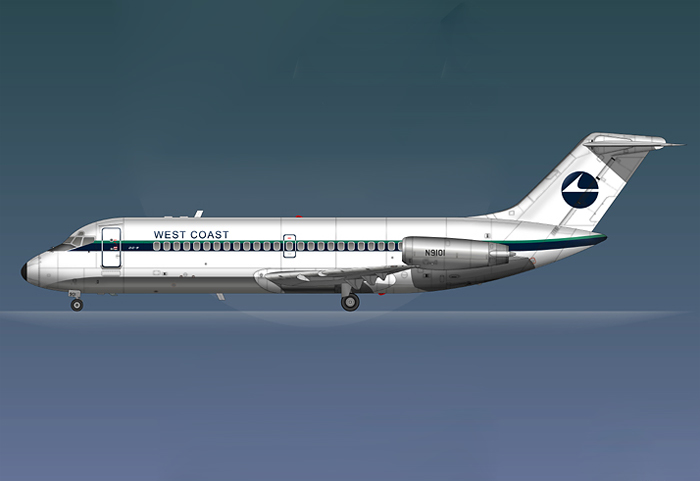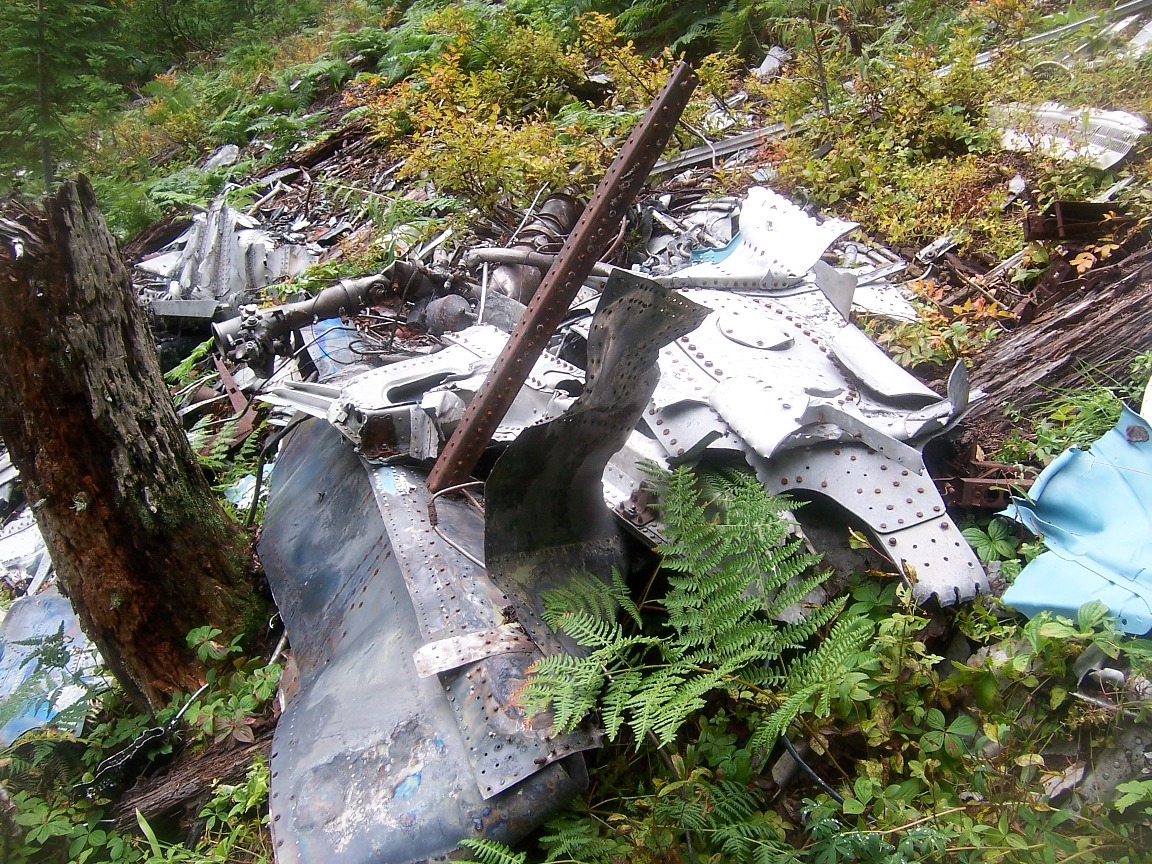Crash of a Martin 404 in New Bern: 3 killed
Date & Time:
Nov 20, 1966 at 0606 LT
Registration:
N40406
Survivors:
No
Schedule:
Wilmington - New Bern
MSN:
14170
YOM:
1952
Flight number:
PI101
Crew on board:
3
Crew fatalities:
Pax on board:
0
Pax fatalities:
Other fatalities:
Total fatalities:
3
Captain / Total hours on type:
2807.00
Circumstances:
The crew departed Wilmington Airport, North Carolina, at 0540LT on a positioning flight to New Bern under call sign PI101. The approach to New Bern-Simmons Nott Airport was started in limited visibility due to the night when the airplane, too low, struck tree tops and crashed in the Croatan National Forest, about 3 miles short of runway. The aircraft was destroyed and all three crew members were killed.
Crew:
Joe Helsabeck, pilot,
E. O. Adams, copilot,
Pamela Rumble, stewardess.
Crew:
Joe Helsabeck, pilot,
E. O. Adams, copilot,
Pamela Rumble, stewardess.
Probable cause:
The pilot-in-command descended below obstructing terrain for undetermined reason.
Final Report:












